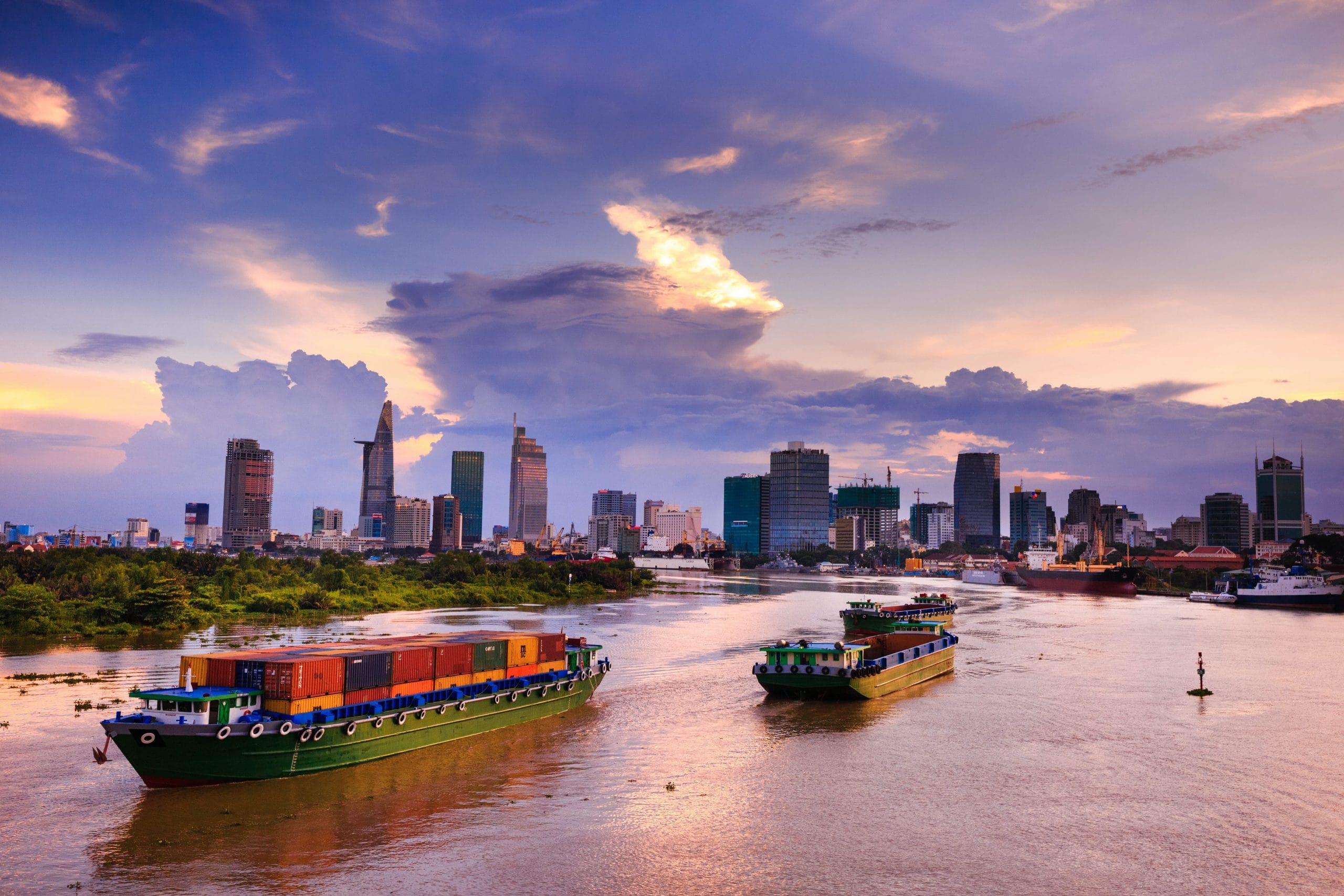Container ships are the backbone of world trade. According to Statista, the world’s merchant container ship fleet grew from 11 million metric tons (mt) of deadweight tonnage (a measure of a vessel’s weight-carrying capacity) to 275 million mt in 2020—a 2500% increase. Because ocean-going ships use highly polluting bunker fuel, ship owners have increasingly been required to install air pollution control equipment and switch to cleaner fuels while in ports. This regulatory trend started in Europe and the US, and has more recently taken hold in Australia, China and other regions.
Greenhouse gas (GHG) emissions from ship engines are more difficult to reduce from a technical standpoint—and regulating GHGs is a political challenge because ships spend most of their time on the open seas. For these and other reasons, the shipping sector—which accounts for about 2.5% of annual GHG emissions—was left out of the 2015 Paris Agreement on climate change.
But the shipping industry, through the International Maritime Organization (IMO), has committed to self-regulation of GHGs with the overall goal of reducing GHGs from ocean shipping by 50% from 2008 levels by 2050.
2050 is a long way off, but the IMO also commits to incremental reductions as early as 2030. And given that the lifespan of a modern vessel is at least 20 years, investments in new ship designs and clean fuels are already starting. “There is a need to have technically feasible, commercially viable, and safe zero-emission deep sea vessels entering the global fleet by 2030,” according to the Getting to Zero Coalition, whose main sponsor is the Global Maritime Forum.
The industry is researching a wide range of alternate fuels, including green electricity stored in batteries, “sustainable biofuels and green or blue hydrogen and their derivatives such as ammonia and methanol,” according to S&P Global.
Maersk, the world’s largest container ship operator, recently committed to deploying a 2,000-TEU feeder vessel fueled by low-carbon methanol in 2023. And it is investing in what will be Europe’s largest green ammonia production facility: the Copenhagen Infrastructure Partners’ Power-to-X facility, which will use offshore wind power to create green ammonia for fuel and fertilizer.
Maersk and other major shippers are being pressured to accelerate decarbonization by some of their largest customers. These include global firms that have made major commitments to reducing the GHGs associated with their supply chains. “Our perspective is five or 10 years from now, it will be unacceptable to many of our customers to have that carbon footprint in their global supply chain,” Maersk’s head of decarbonization Morten Bo Christiansen told S&P Global. “[It’s] a strategic imperative to solve this problem.”
In the early years of decarbonization, Maersk anticipates charging a logistics premium for customers that want their products to cross the oceans with less GHG emissions than typical shipping. “We are looking into different price ranges,” Christiansen told Journal of Commerce. At the retail level, he estimated the premiums would translate into a price increase of 50 cents to one dollar for a flat-screen television.
What does all this mean for supply chain professionals? It depends on your organization’s public commitments to reducing GHGs.
GHG emissions produced anywhere in supply chains are classified as indirect Scope 3 emissions. While these are harder to measure than direct emissions from activities like burning fossil fuels or using electricity created with fossil fuels, a growing number of firms have committed to accounting for Scope 3 emissions and reducing them.
If you work for one of these firms—or if your firm decides to make similar public commitments to reduce its GHG emissions—figuring out how to measure and reduce GHG emissions from ocean shipping will likely become part of your job description. And Resilinc will be ready to assist with surveys and other tools.





